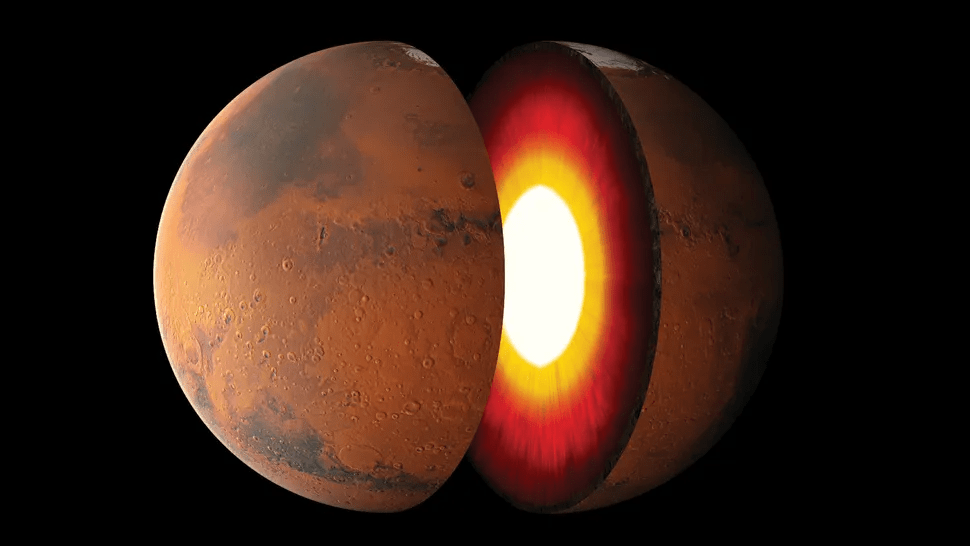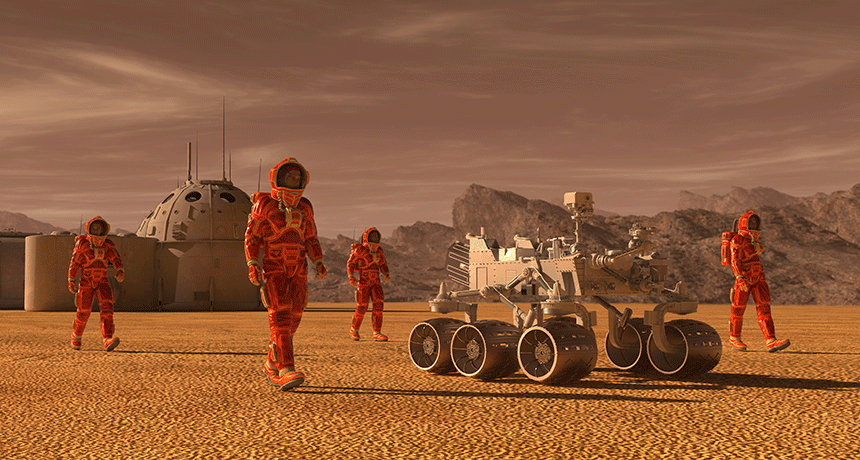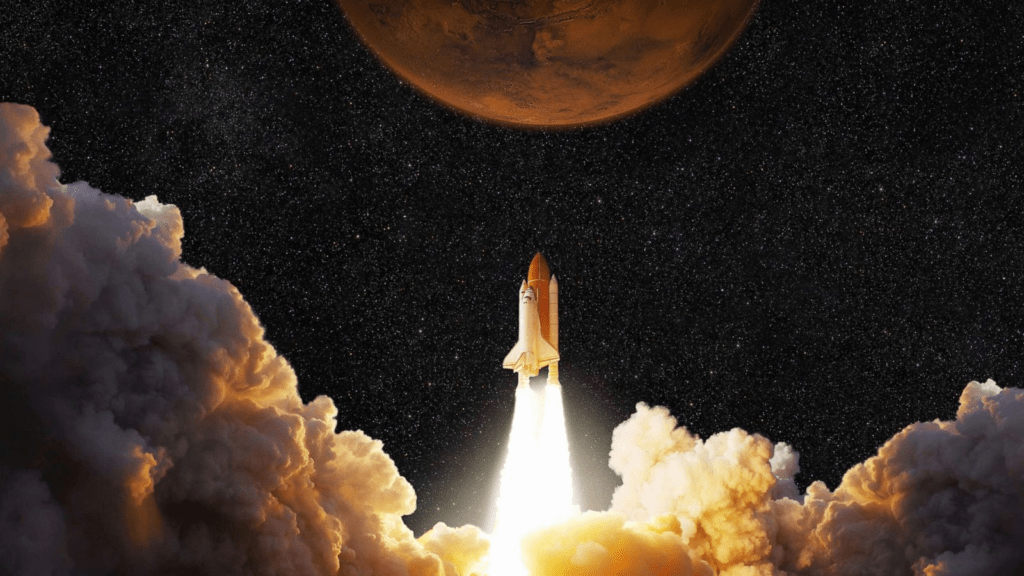The Future of Space Tourism: Will You Be Taking a Trip to Mars in 2050?

Space tourism has evolved from science fiction to an emerging industry, with companies like SpaceX, Blue Origin, and Virgin Galactic leading the way. But what does the future hold? Could you really be packing your bags for a vacation on Mars by 2050? Let’s explore the current state of space tourism, the hurdles that need to be overcome, and the exciting prospects for interplanetary travel.
What Is Space Tourism?
Space tourism refers to the commercial activity of sending private citizens into space for recreational purposes, allowing them to experience weightlessness, see Earth from space, and participate in various space-related activities. The space tourism industry is still in its infancy, but companies like Virgin Galactic and Blue Origin are already offering suborbital flights, where passengers can briefly travel to the edge of space.
space tourism flights offer breathtaking views of Earth and a few minutes of weightlessness, but they’re a far cry from what would be required for a trip to Mars. While suborbital tourism is already happening, trips to the Red Planet will take far more preparation, technology, and resources.

Who Is Leading the Charge?
Several key players are working on making space tourism more accessible and, eventually, interplanetary travel a reality. The most notable companies include:
- SpaceX: Founded by Elon Musk, SpaceX has made significant strides in developing reusable rockets and advanced spacecraft. Musk’s ultimate goal is to establish a human colony on Mars, and the company is currently working on its Starship vehicle, which is designed to take humans to the Moon, Mars, and beyond.
- Blue Origin: Founded by Amazon’s Jeff Bezos, Blue Origin focuses on making space travel more affordable by developing reusable rocket systems. While their main focus has been on suborbital flights, the company is also looking to play a role in future interplanetary travel.
- Virgin Galactic: Richard Branson’s Virgin Galactic focuses on suborbital space tourism, offering brief trips to space for a select few. They’ve made significant progress in sending civilians to the edge of space, with flights expected to increase in the coming years.

Credits: Future/Tobias Roetsch
The Journey to Mars
Taking a trip to Mars, however, is a whole different ballgame. Unlike suborbital flights that last mere minutes, a Mars journey would take months—about six to nine months one-way, depending on the positioning of Earth and Mars. For a Mars mission to be feasible, there are several key challenges that must be addressed:
1. Spacecraft Technology
The current spacecraft technology isn’t equipped for long-term human travel to Mars. SpaceX’s Starship is one of the frontrunners in addressing this challenge. Designed to carry up to 100 passengers, Starship will need to be capable of supporting long-duration missions, providing enough food, water, oxygen, and life support systems for extended periods in space.
2. Radiation Protection
The deep vacuum of space exposes travelers to dangerous levels of cosmic radiation, which could increase the risk of cancer and other health issues. Long-term space travelers will need protection from this radiation, which is one of the major hurdles in human space travel to Mars. Advances in radiation shielding and innovative solutions like magnetic fields are being explored to keep astronauts safe.

3. Life Support and Sustainability
A Mars trip will require self-sufficient life support systems. Current space missions rely on resupply from Earth, but with Mars being millions of miles away, this is not an option. This means developing closed-loop systems for air, water, and food will be essential. Companies are working on creating sustainable habitats and agricultural systems to support life on Mars.
4. Psychological Effects of Long-Term Space Travel
Spending months or even years in isolation with a small group of people could have serious psychological effects. Astronauts on the International Space Station already face challenges related to isolation, stress, and limited social interaction. For Mars missions, the lack of communication with Earth due to the time delay (up to 24 minutes one-way) adds another layer of difficulty in terms of emotional well-being. Solutions will be needed to support mental health during long-duration missions.
5. Cost of Travel
At the moment, space tourism is incredibly expensive. Tickets for suborbital flights can cost hundreds of thousands of dollars, and a trip to Mars would likely cost tens of millions. While the costs may eventually come down as technology advances and space travel becomes more routine, it will remain a luxury for the wealthy in the near future.

What Will a Trip to Mars Look Like?
Assuming that the technological and logistical challenges can be overcome, what could a trip to Mars look like?
- Training and Preparation: Just like astronauts today undergo months of training, passengers on a Mars mission will need to prepare for the rigors of space travel, including physical fitness, emergency procedures, and life support management.
- The Journey: The trip to Mars could take between six and nine months, during which passengers will experience weightlessness, isolation, and the beauty of the cosmos. There will likely be a blend of activities—research projects, exercise, and leisure (virtual reality experiences, games, and movies) to pass the time.
- Arriving on Mars: Once on Mars, travelers will likely stay in domed habitats or underground bunkers, where they can safely live, work, and explore. Activities could include research, rover rides, and the first steps on Mars’ surface—much like the historic Apollo 11 mission to the Moon.
- Returning to Earth: After spending weeks or months on Mars, passengers will have to prepare for the return journey. This means reboarding the spacecraft and braving the long voyage back to Earth. The return trip could take as long as the outward journey, depending on the alignment of the planets.

Will You Be Taking a Trip to Mars in 2050?
While a Mars trip is still a long way off, advancements in space technology and exploration are moving quickly. SpaceX’s ambition to send humans to Mars in the 2020s is a testament to how fast things are progressing. However, it’s unlikely that commercial space tourism to Mars will be available to the average person by 2050. The cost, technological limitations, and safety concerns are significant obstacles that need to be addressed before regular Mars travel can become a reality.
However, for those who are willing to wait and can afford the steep price tag, the idea of becoming a pioneer in human space exploration could very well become a reality within our lifetimes. By 2050, it’s possible that a select group of adventurous individuals will embark on the most extraordinary vacation of their lives—a trip to Mars.

Ready to Pack Your Bags?
The future of space tourism, especially interplanetary travel, is both exciting and full of challenges. While you may not be packing your bags for Mars just yet, the fact that we’re even discussing it shows how far humanity has come in exploring the cosmos. Space tourism could soon be more than a dream—it could be your next vacation destination. But until then, we’ll have to settle for suborbital flights, while keeping an eye on the stars for the future of Martian travel.
Would you be willing to take a trip to Mars if it were available? Or do the risks and challenges make you think twice?






